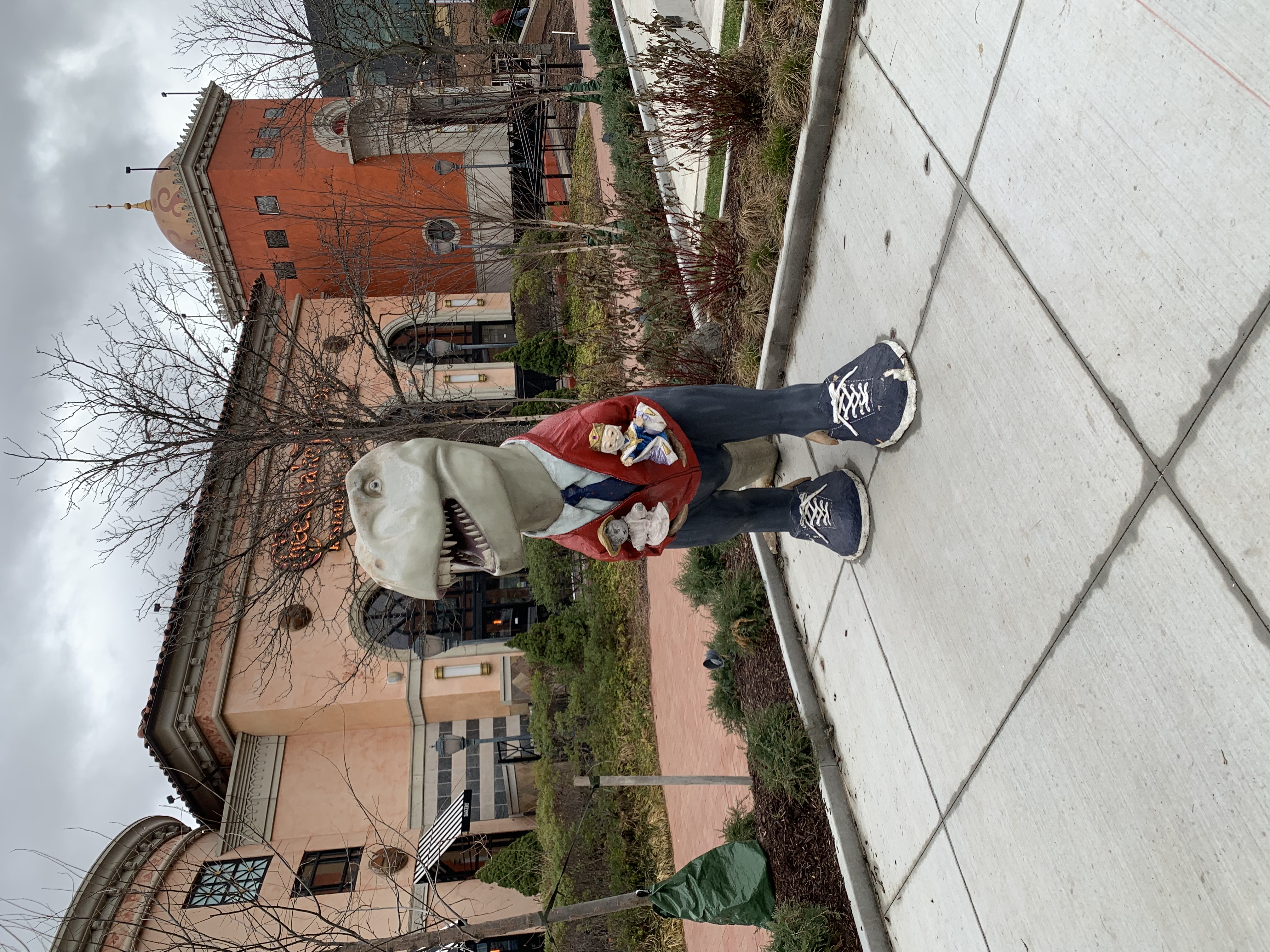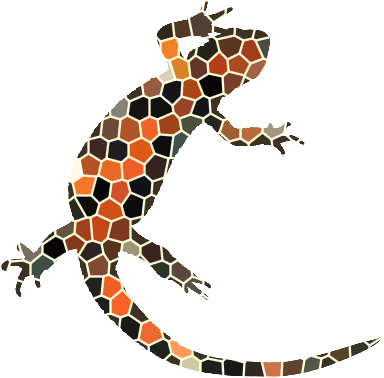My adventures
I visited Pittsburgh last month and wandered around the South Side Works and spotted this fun new sculpture.

I visited Pittsburgh last month and wandered around the South Side Works and spotted this fun new sculpture.


Here is some sample HTML to look at. This is a body paragraph with some inline code to feature some text. Here is a link to an external website.
One of the best resources for learning HTML is w3Schools. Here is a reference for color codes you can use for styling.
Each p element is a block element designed to make a block on the page.
The next element after this is a ul, or unordered list
. It makes a bulleted
list. Let's make a link to the Penn State
Bulletin (which is where you can read information about classes and
programs).
How about we look at an ol element, or ordered
list? The code looks very
similar to the unordered
list. You have to see the difference by viewing in a
web browser.